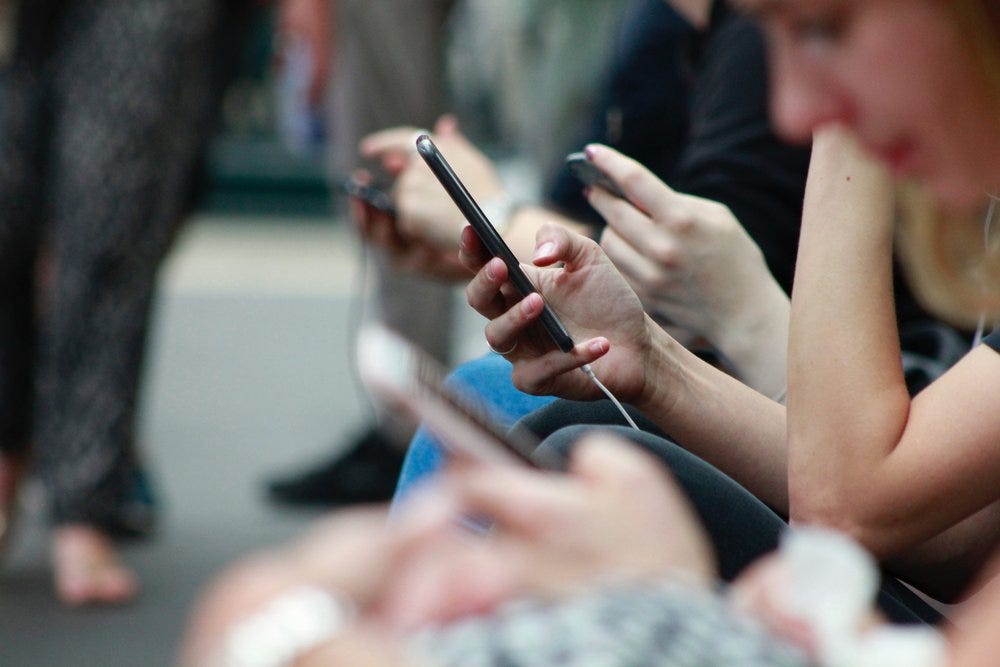Design Lobster #94 is taking a critical look at our relationship with objects. From the surprising ways they can help us, to the power they can exert over our lives 😤
👋 This week I want to share a warm welcome to all my new readers who found Design Lobster via the Featured Section of Substack over the last week. It’s great to have you here! 🦞
✨Enjoying Design Lobster? Please share it with a friend, colleague or fellow designer.
Question: What does aichaku (愛着) mean?
I’ve been reading a book called The Laws of Simplicity by writer and technologist John Maeda. In it, he talks about a Japanese term Aichaku, that is used to describe the sense of attachment one can feel for an artefact. I think this feeling is something many of us will recognise, living as we do in a consumer society that tries to ignite these kinds of romances in every shop window or billboard that we see.
At its best, Aichaku encapsulates the perfect fit an object can have with a particular individual and their activities, the relationship between a sushi master and his blades for example. More ambivalently it could also describe the feeling that some people have of being “tethered” to their smartphone.
Understandably, when designing something, it is natural for us designers to want people to fall in love with it. I think this is something we should always aim for. But I think we should be careful to ensure this love remains healthy and does not turn into its darker cousin, obsession.
Design takeaway: How could you promote a healthy relationship with your design?
❤️📦 John Maeda had a short-running podcast in 2019 called Aichaku
Object: Baoding Balls (保定健身球)
This variety of metallic ball originated from the city of Baoding in Hebei Province, China during the Ming Dynasty (1368-1644). Usually made from iron, each ball is hollow and contains a wire mechanism that is gently struck by a smaller ball as it moves, emitting a delicate chime.
Baoding balls are designed to be moved around the hand in concentric circles, with the user using the dexterity of their fingers so that each ball chases the other, emitting a soft music as they rotate. This action is reportedly beneficial for our physical and mental wellbeing, reducing stress and increasing mental clarity.
I’m always interested in the curious psychological properties certain kinds of objects can have on us. It fascinates me that some quirk of our biology allows the use of these artificial objects to somehow calm us down and open our minds. If only more designed things also induced this feeling!
Design takeaway: How does your design affect the mental state of those who encounter it?
⚫️⚫️ Watch (and listen to) some Baoding balls being used
Quote: “Things are in the saddle / And ride mankind..”
– Ralph Waldo Emerson
This quote comes from the 1846 poem Ode; inscribed to William H. Channing in which Emerson laments the materialism he observed in American culture. It’s an observation that feels relevant in our own time too. As designers, I think we have a responsibility to promote balance in the relationship between humans and the technological artefacts we use to live, work and play.
Have a great week,
Ben 🦞
Enjoyed this week’s Design Lobster? Let me know by clicking the heart button.
👇






Compositional balance in graphic design has always visually calmed my mind as the baoding tactile movements. Well written!
There are many wonderful Japanese words. Thanks for adding a new one to my vocabulary.